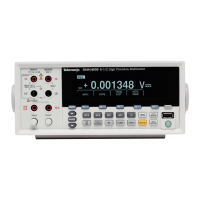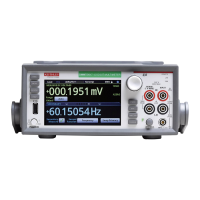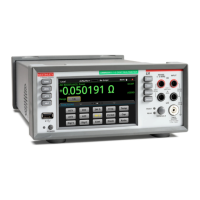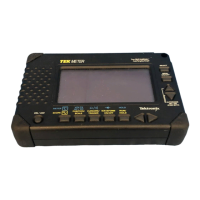Making Measurements
Checking Diodes 4
4-17
To set the threshold value, refer to the “Setting the Continuity Threshold Resistance”
section in Chapter 3 of this manual.
Function modifiers:
None
Checking Diodes
The diode function sends a current through a semiconductor junction while the Meter
measures the voltage drop across the junction (or junctions). Measurements are displayed
in the 10 V range at a relatively fast measurement rate. "OPEN" is displayed for voltages
10 % above the compliance voltage setting. Typical junction voltage drop on good
junctions are 0.3 to 0.8 volts. If enabled, the beeper will make a short beep when a good
junction is detected. Shorted diodes will indicate a significantly lower voltage.
With the higher compliance voltage (up to 10 V), the Meter’s diode test function can test
zeners up to 10 volts, diode stacks and LEDs. The selectable current and maximum
voltage allows you to tailor the diode test to the expected voltage for the junction being
tested.
To check a diode:
1. Press S twice on the 4050 or D once on the 4040. An example of the diode test
display is shown below.
0.5994
F1 F2 F3 F4 F5
+
caw13f.eps
2. Select the test voltage and current appropriate for the diode being tested by pressing
the associated soft keys.
3. Connect the test leads as shown in Figure 4-8.
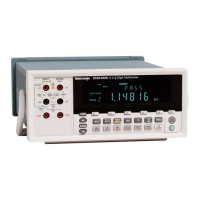
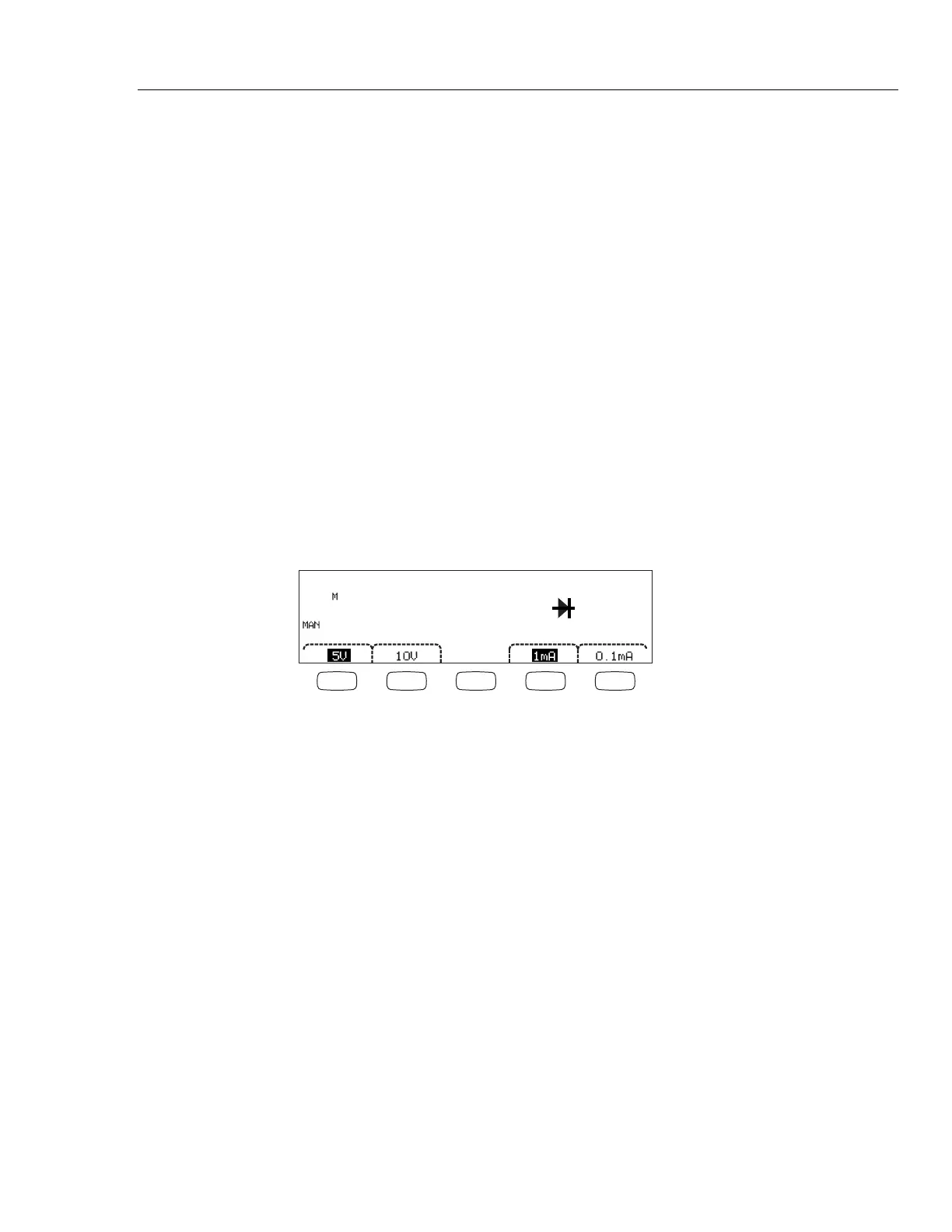